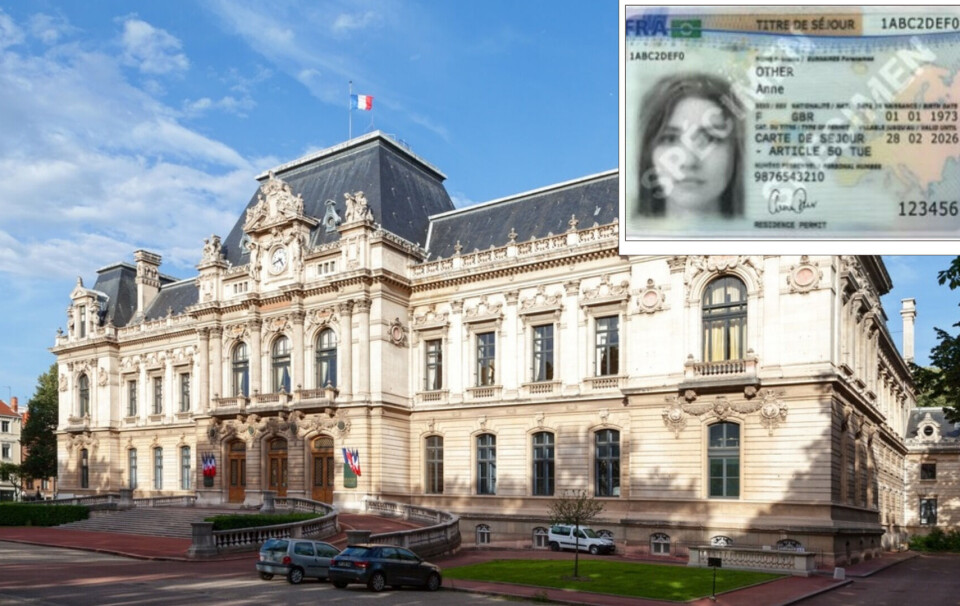The earliest-known intelligible recording of singing is among a trove of secrets that have been stored in sealed envelopes in France’s Académie des sciences, to be opened 100 years after their deposit.
Called plis cachetés in French, the envelopes are opened three times a year by archivists as part of a system unique to France.
Invented by the Académie des Sciences to safeguard scientific research, it has since been copied by the Académie nationale de médecine and the Académie nationale de pharmacie.
Originally, only the depositor of the pli or, after their death, their family, could ask for the envelopes to be opened. However, in the early 1970s the system was changed so that all plis over 100 years old can be opened and archived.
Read more: French inventors convert food waste into biodegradable plastic
Plis cachetés still in use
“Even today, when scientists and researchers publish their results in scientific journals, or failing that, put them on the web, we still get around 50 deposits of plis cachetés a year,” Julien Pomart, deputy director of the department responsible for archives, told The Connexion.
“Almost all now come from people who are not attached to universities or other research institutions.”
The system was introduced in the 18th century, the Age of Enlightenment, when a philosophical movement promoting rationalism, individualism and empirical science swept Europe, with France playing a major role.
First launched in 1735, the system allowed discoveries to be put down on paper and sealed.
Until 1845, when national and international patent systems were introduced, the plis cachetés could serve as legal proof that something was invented and described on a certain date.
Later, the reasons why scientists would want to use the system become more obscure.
Recording device invention
One of the most famous plis cachetés, placed by Edouard-Léon Scott de Martinville, allowing him to be recognised as the first person to invent a mechanical means of transcribing vocal sounds – the foundation for future sound recording devices.
He laid out details of his research, at that time not complete, in two plis cachetés in January and July 1857. In 1860, after realising that other scientists were working in the field, he asked for the plis to be opened and published the contents.
Included in the 1860 letter was an example of a sound transcript, and in 2008 US scientists were able to convert it – part of the French folk song Au clair de la lune – to a playable digital audio file.
In another case, a pli cachet was handed over by the mathematician Wolfgang Doeblin, a German living and working in France at the outbreak of World War Two.
He was working on a solution to an equation involving particle physics, called Kolmogorov’s equation, and put his work in a pli cacheté before he was killed in combat in 1940.
The envelope was only opened in 2000 after his brother became aware of it – a historian had seen it mentioned in one of Doeblin’s letters to a friend. It meant that Doeblin’s name was added to those already credited with solving the equation.
Louis Pasteur's contribution
Even the inventor of pasteurisation and a treatment for rabies, Louis Pasteur, used plis cachetés, although most of his work was published through conventional channels.
He placed three plis, one in 1848 and two in 1850, about his scientific research, for which he was later recognised. They were opened in 1963.
A fourth, deposited in 1869, was more complex. A few years previously Pasteur had been asked by local politicians from the Gard department to find a treatment to stop a parasite, which was devastating silkworms.
His work did not lead to success. However, when he read, in 1869, of Austrian research claiming to have found a method, he quickly wrote a description of his own studies, which showed he had considered the Austrian method and found it did not work.
The pli was not opened until 1988 – Pasteur did not need to open it because other scientists published a book discrediting the Austrian discoveries in 1870.
Read more: French researchers' hope for individualised cancer vaccines
Sensitive documents
Mr Pomart said that sessions in which the old plis are opened are businesslike, without any ceremony.
“Archivists do a preliminary opening, being careful not to damage contents, and an initial classification. The documents can then be handed over to specialist scientists to see if there is anything interesting.
“If there is, they take the documents and work on the ideas so they can be published in scientific journals, but often they can see the work is at a dead end, or has been taken further and published by someone else.”
Mr Pomart said that since the 100-year rule introduced in the 1970s, scientists have just about caught up.
He added that many of the plis were “strange” and not studied further, although they were all archived.
“We do get surprises, and not all the ideas relate to science.
“I remember getting one where the author set out in the 1920s an elaborate system for detecting fraud on the Paris metro, for example.
“Unfortunately changing technology means the ideas were of no use.”




























